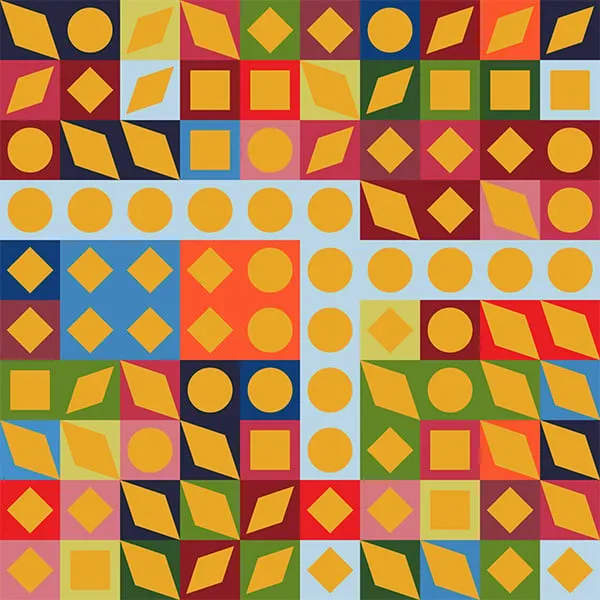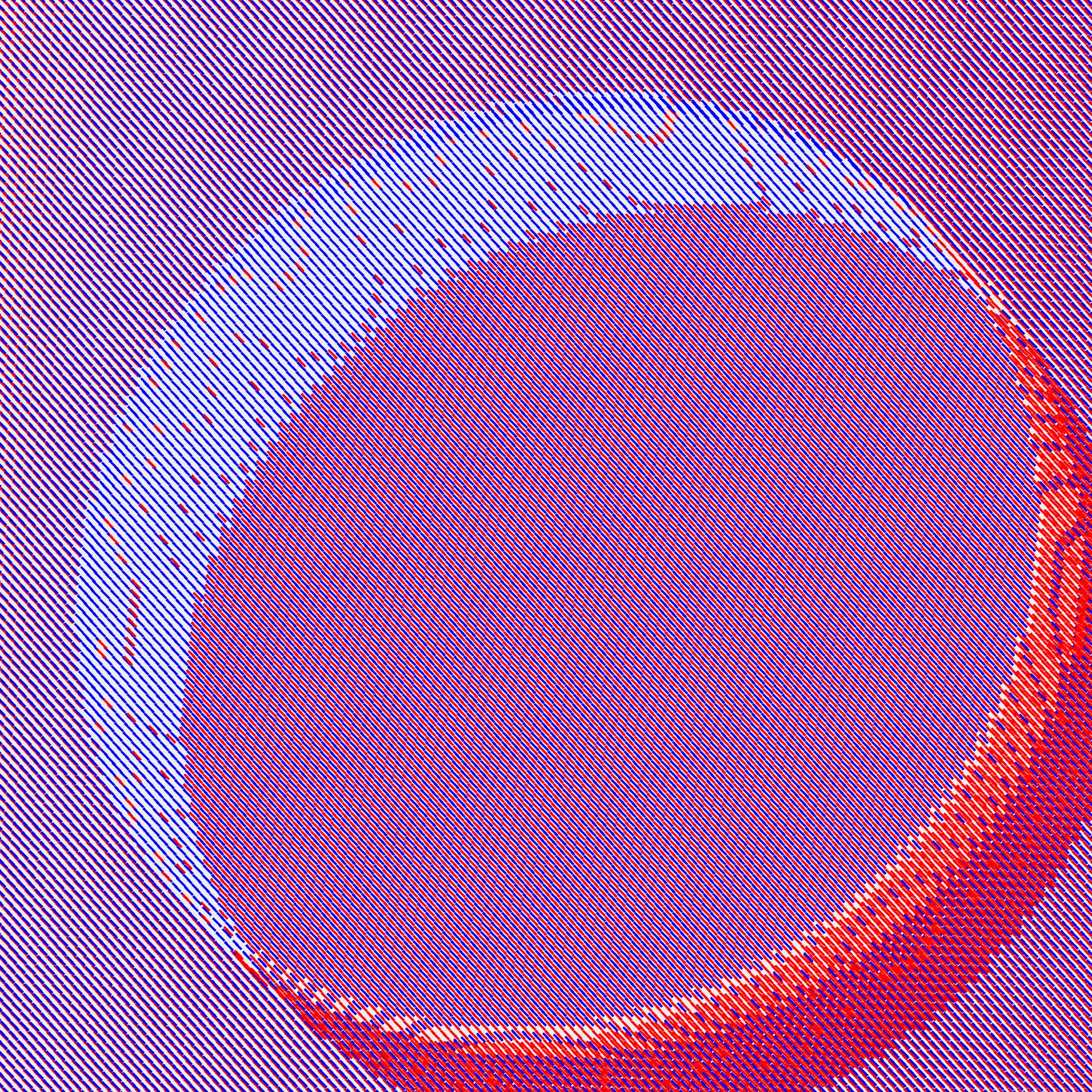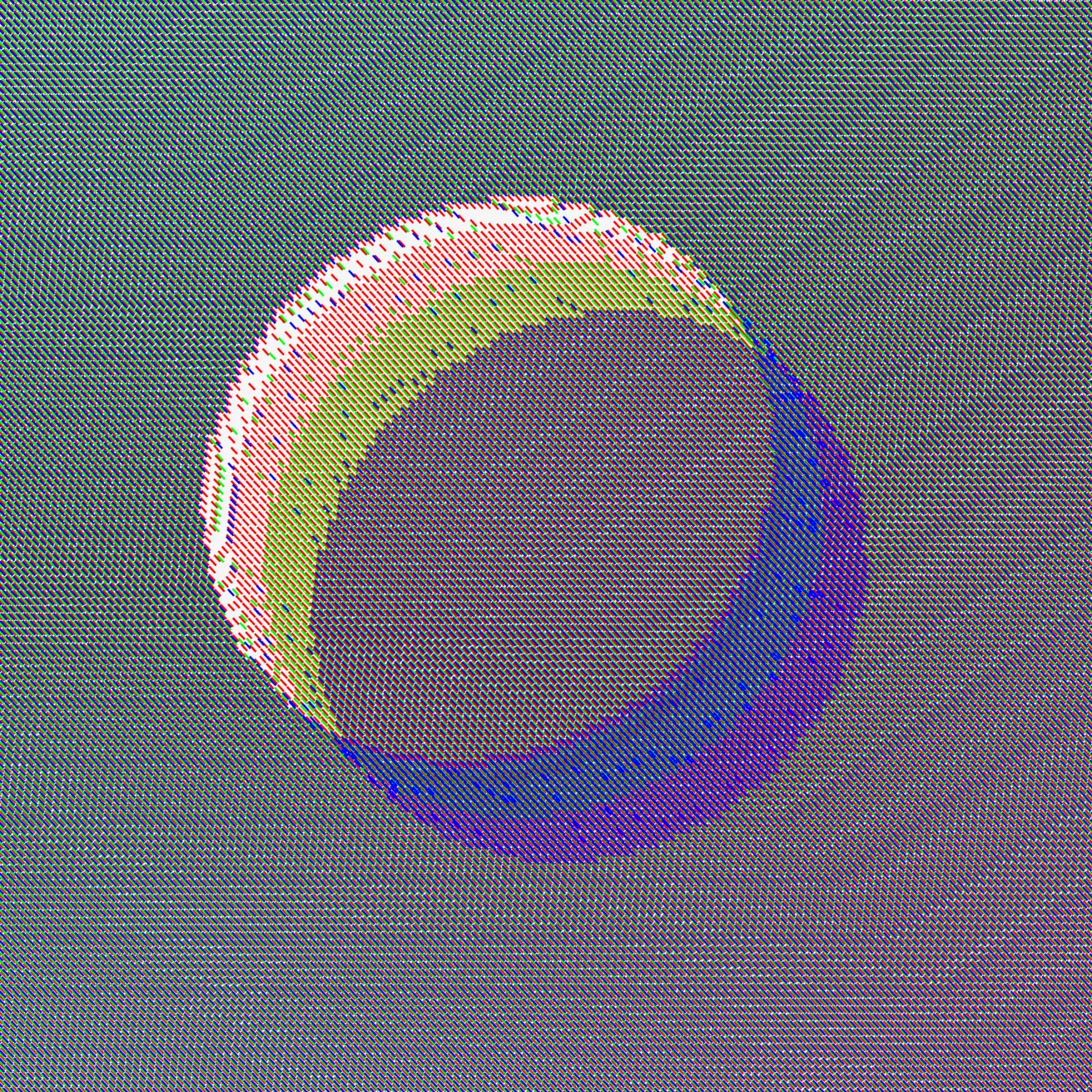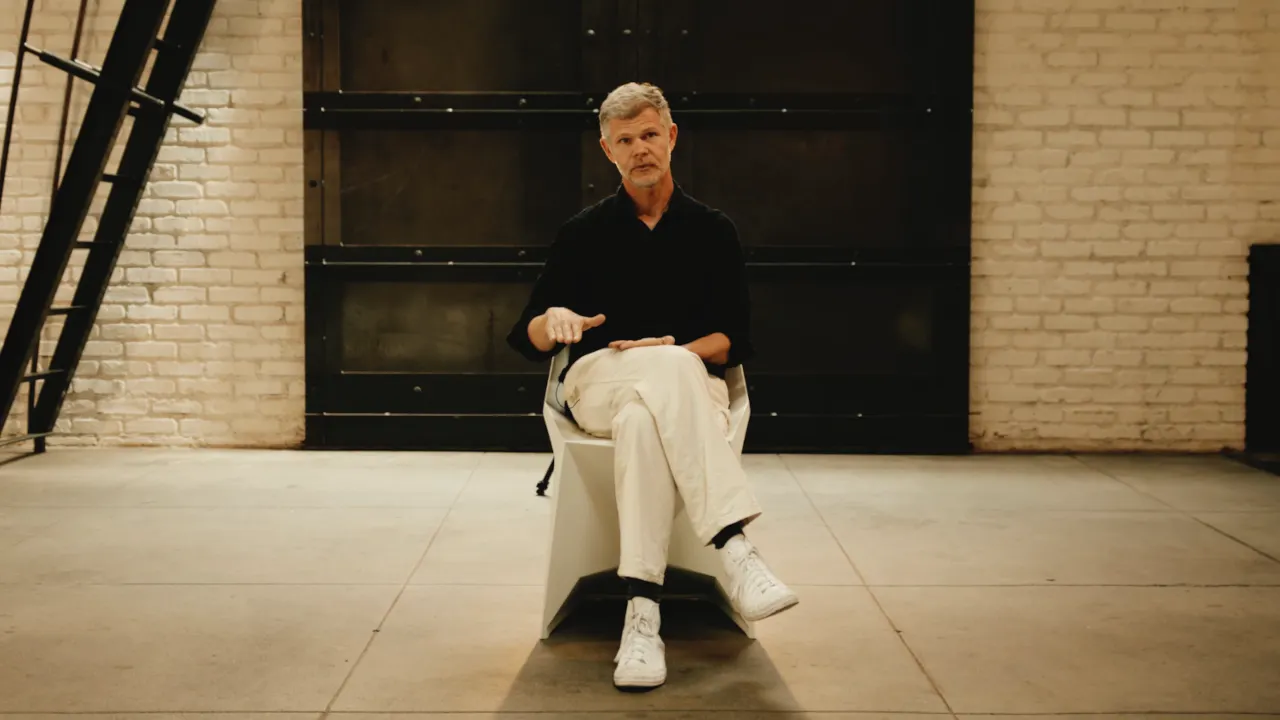Generative digital art remains in demand, even as the broader NFT market struggles. This summer alone, the medium has garnered eye-popping sales, the doting attention of elite brands and institutions, and the emergence of new platforms. But it wasn’t always that way.
Casey Reas, an artist and software designer who has pioneered the use of automated computer code in creating digital art for over 20 years, recalls how much lonelier—and cumbersome—things used to be prior to the rise of NFTs, which made it much easier to sell original digital artwork.
“If I was showing a piece of generative art in a gallery, the collector base was extremely small,” Reas told Decrypt of the bygone aughts and 2010s. “I would have to produce a documentation box that would include source code, the files on a storage medium, and a lot of documentation credits—all these mechanisms just to make it possible to collect a generative work.”
How things have changed. Next week, Reas will debut “923 Empty Rooms,” a series of just as many digital artworks minted on Ethereum as NFTs and released in collaboration with generative art startups Bright Moments and Art Blocks, at six live minting events held across three continents.
At the gatherings, members of the vibrant, global generative art community will watch as Reas’ works come alive for the first time, birthed by code of his design.

“It's been a dream of mine, for decades, to have generative art scale—to have a community of artists and collectors working in this medium,” Reas said. “And now it's here, after so much slow-burn, pioneering work going all the way back to the 1960s.”
Reas’ connection to that history fuels much of his output, including his latest collection. Earlier this year, the artist—who co-created the influential, visual design-oriented programming language Processing—was commissioned by the Los Angeles County Museum of Art (LACMA) to riff on an exhibition chronicling the evolution of computer-generated art in the pre-internet age.
For the occasion, Reas created the software equivalent of a machine once envisioned by 20th-century optical art pioneer Victor Vasarely, which could replicate any one of the French-Hungarian artist’s works in infinite permutations. The physical machine would have cost nearly $11 million in today’s dollars; it was never built.

Reas took his reflections from that experiment and incorporated them into his own work, which at the time focused on putting the history of still life paintings in conversation with modern conceptual software. Layers of history on top of history, pulled apart and put together again by technology—the result, he called "An Empty Room."
Perhaps unsurprisingly for Reas, who’s been on the faculty of UCLA’s Design Media Arts department since 2003, the layers of reflection didn’t stop there. As he watched museum patrons interact with his collection for long stretches, the artist further pondered the indeterminate possibilities lying in wait within seemingly simple shapes and colorforms.

If you were to take just six colorforms—let’s say, for argument’s sake, representative of the six cities in which Bright Moments has already launched its unique mix of immersive art minting experiences and community galleries—you could combine them to create 923 unique permutations.
And so that’s what Reas did. He created every 923 combinations of six base colorforms inspired by Bright Moments cities; they will be released next week in batches, one day at a time, at the galleries that inspired them: first Tokyo, on August 14, then Berlin, London, New York, and Mexico City, followed finally by Los Angeles. The pieces will be sold daily via Dutch auction on the Art Blocks website.

Though Reas makes a point of remaining connected to generative art’s decades-spanning history, he also acknowledges that the last two years have permanently changed both the medium and his connection to it.
Even half a decade ago, the artist couldn’t have dreamed of distributing so much of his generative art to such a large and collaborative audience, let alone one spread so far across the world.
But then came two seminal events: the innovation of the blockchain, which allowed for the dissemination of digital art via the internet, and the creation in 2020 of Art Blocks, the collective founded by Erick “Snowfro” Calderon that fused the permanence of the NFT minting process with generative code, and by doing so ushered in demand for owning such art.
“As a distribution mechanism, it's been extraordinary.” Reas said of the blockchain. “But what Erick did, by launching Art Blocks, changed generative art forever.”
Calderon sees things a little differently.
“The reality is that Art Blocks would likely not be what it is today if it were not for [Reas’] contributions to creative coding,” Calderon said.
Perhaps after so many years dissecting and reflecting on the strands of art history that led to this moment, it’s hard to see your own place in the big picture. But given the global scale of the rollout and growing anticipation around the events, Reas may soon have hundreds of new collectors affirming his status in the generative art world.




